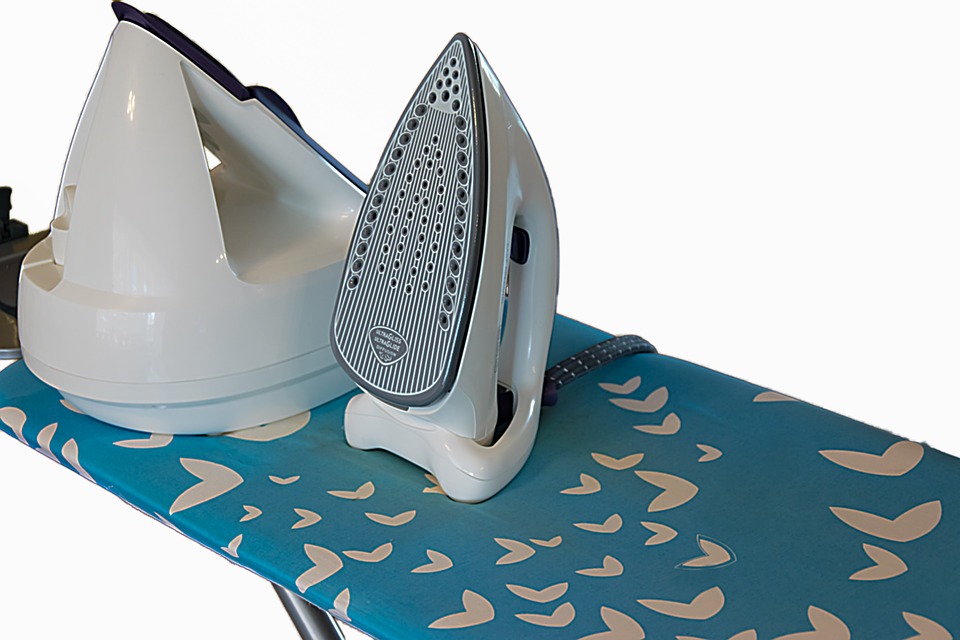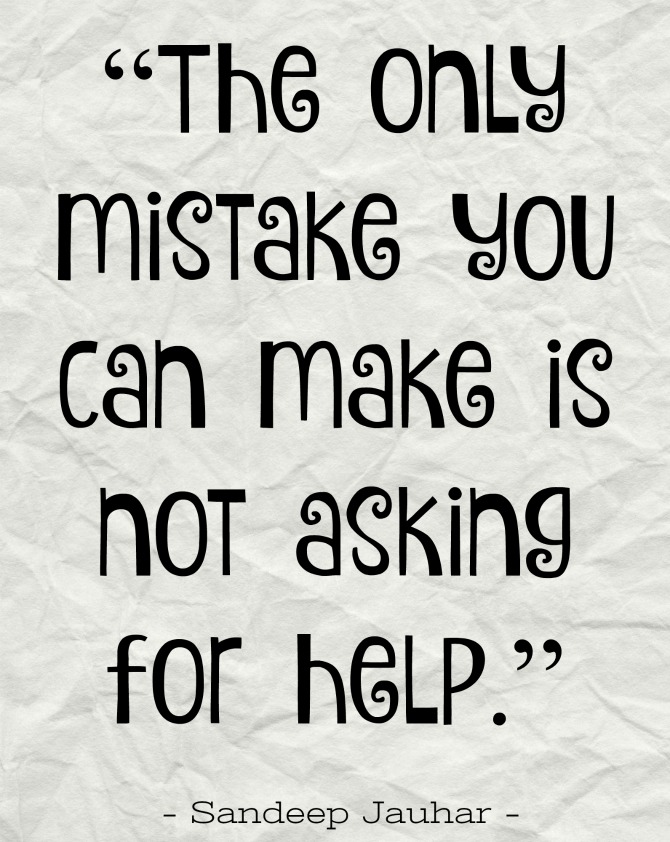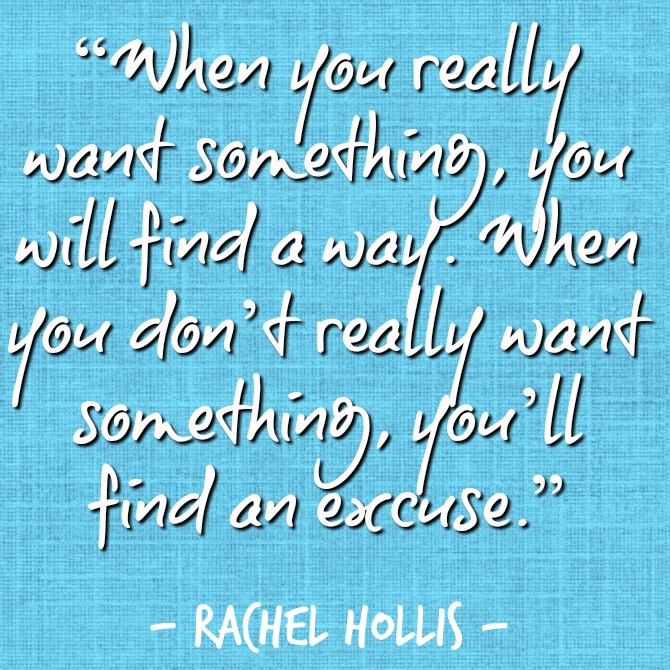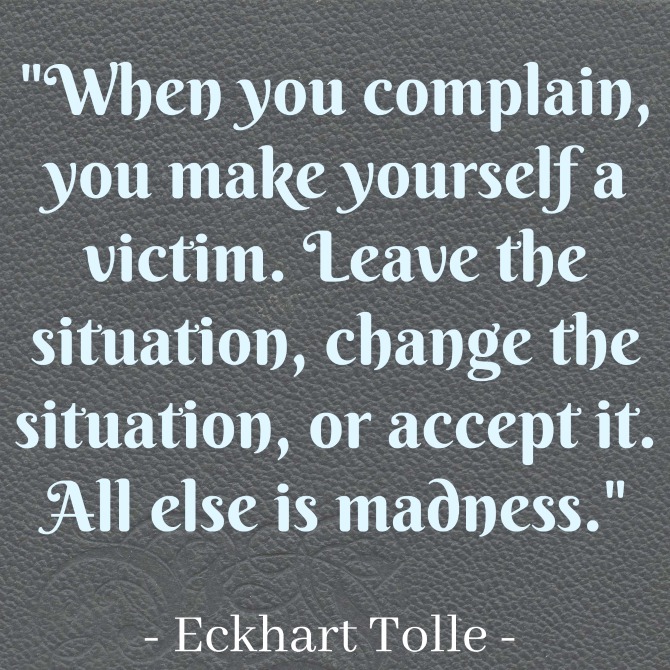At the end of every month, I share a list of things I’ve learned in recent weeks. It’s one of my favorite things I write on the blog, and with the exception of the things I need to keep close for personal reasons, I’d like to think that these lists are a fairly comprehensive look at what I’ve been learning. But last month’s list was missing one item—a pretty big one. I failed to mention in that post that in the month of August, I learned how to iron.
Don’t adjust your glasses, you read that right. I, Kendra Jernejcic, a full-time mom and homemaker, lived on this planet for approximately 34 years and 5 months before I learned how to iron my own clothing.

I’m sure that at some point during my growing up years, my mom attempted to teach me this vital skill. But it didn’t stick. She continued to iron my clothing for me, so I didn’t really need to know how to iron for myself. Once I got married and moved out of my parents’ house, I stuck to buying wrinkle-proof clothing or resorted to using the old hang-it-up-in-a-steamy-bathroom trick when I needed to mimic an ironed look. I even attempted using a hand steamer, with little success. When my halfhearted attempts at de-wrinkling my clothes failed, I simply wore them as they were, wrinkles and all. I knew there was a way to solve that problem, but I just wasn’t motivated enough to pick up an iron and attempt to learn the solution.
Fast forward through nearly ten years of marriage, ten years in which Luke has ironed all of his own shirts and Charleston’s, too, when I would ask him. I finally realized that things had gone too far when we came to a Sunday morning when Charleston didn’t have a single nice shirt to wear because they were all wrinkled. I was embarrassed to allow Charleston to sport such a slovenly look, but I felt too guilty to ask Luke to sacrifice important work hours to do a task that I—the parent with the most free time—didn’t know how to do. Instead, I asked Luke to make an investment with his time by not just doing the ironing himself, but teaching me how to do it.

Was it humbling to ask my husband of nearly a decade to teach me a skill that most high schoolers can do? Absolutely! But Luke was an excellent teacher, patient and helpful and not at all condescending. He demonstrated how to place the clothing on the board to get the perfect creases, how to run the iron over the exact right spots, and even how to tackle those tricky sleeves. After showing me what to do, Luke watched and gave corrections as I tried it myself. We laughed at the absurdity of it all, but it was a fun bonding activity of the two of us, and by the end of the lesson I knew how to iron a child’s dress shirt all by myself. I discovered that it was a satisfying and relatively easy chore, and I’m not sure why it eluded me for so long. Somehow, it had seemed easier to cheat my way around wrinkly clothing—and accept the wrinkles on occasion—then to humbly ask for help in learning a new skill.
Though I’m likely the only 34-year-old woman on the planet who didn’t know how to iron, I’m fairly certain I’m not the only person who has spent years pouring effort into avoiding something when just doing the work would have been so much easier. I’m sure you’ve been there, too. We tell ourselves that our shortcuts are working. Sure, we’re merely surviving when we could be thriving, but we don’t think we have it in us to give it our all. We buy in to the lies that we aren’t capable enough or smart enough or perfect enough to do the thing that needs doing. We fear that our efforts won’t make a difference, so we simply don’t try. Only once we reach the breaking point (in my case, seeing Charleston’s closet full of unworn wrinkly clothes) do we concede to acknowledging the problem and taking action.

What if we made a preemptive strike at the thing that is taunting us? Instead of waiting for the crucible moment, what if we were to recognize the work that needed to be done and started to tackle it of our own volition? Maybe we would fail. Maybe the work really would be too hard. Or maybe we would discover that ironing isn’t so bad after all.
There is a catch to my learning how to iron. Now that I have this skill in my personal homemaking arsenal, I’m accountable to using it. I can no longer claim ignorance as an excuse. This means that I iron our family’s clothes, or we continue to traipse around in wrinkles—either way, I’m making an intentional choice. My lack of knowledge was an enabler of passivity and laziness; now I must own my laziness or rise up against it. Acknowledging this is a little scary, and likely why I put off learning to iron for so long. But I know from experience that taking the reigns is almost always preferable to having them taken for me; I might not always steer in the right direction, but there’s comfort in knowing that I’m the driver of my own ironing board.

[…] Notes From the Ironing Board ~ In which I confessed to being a 34-year-old woman who didn’t know how to iron! […]